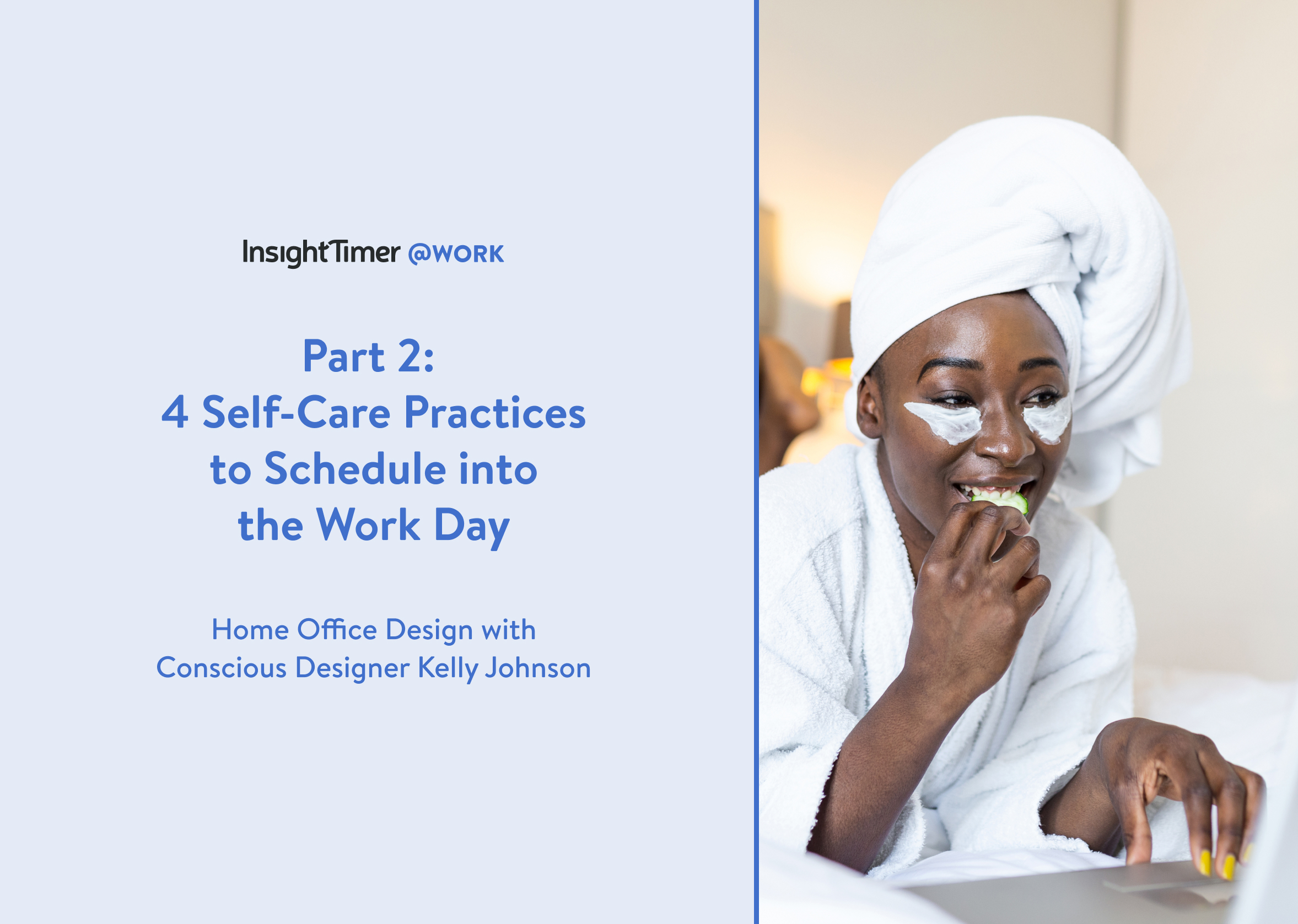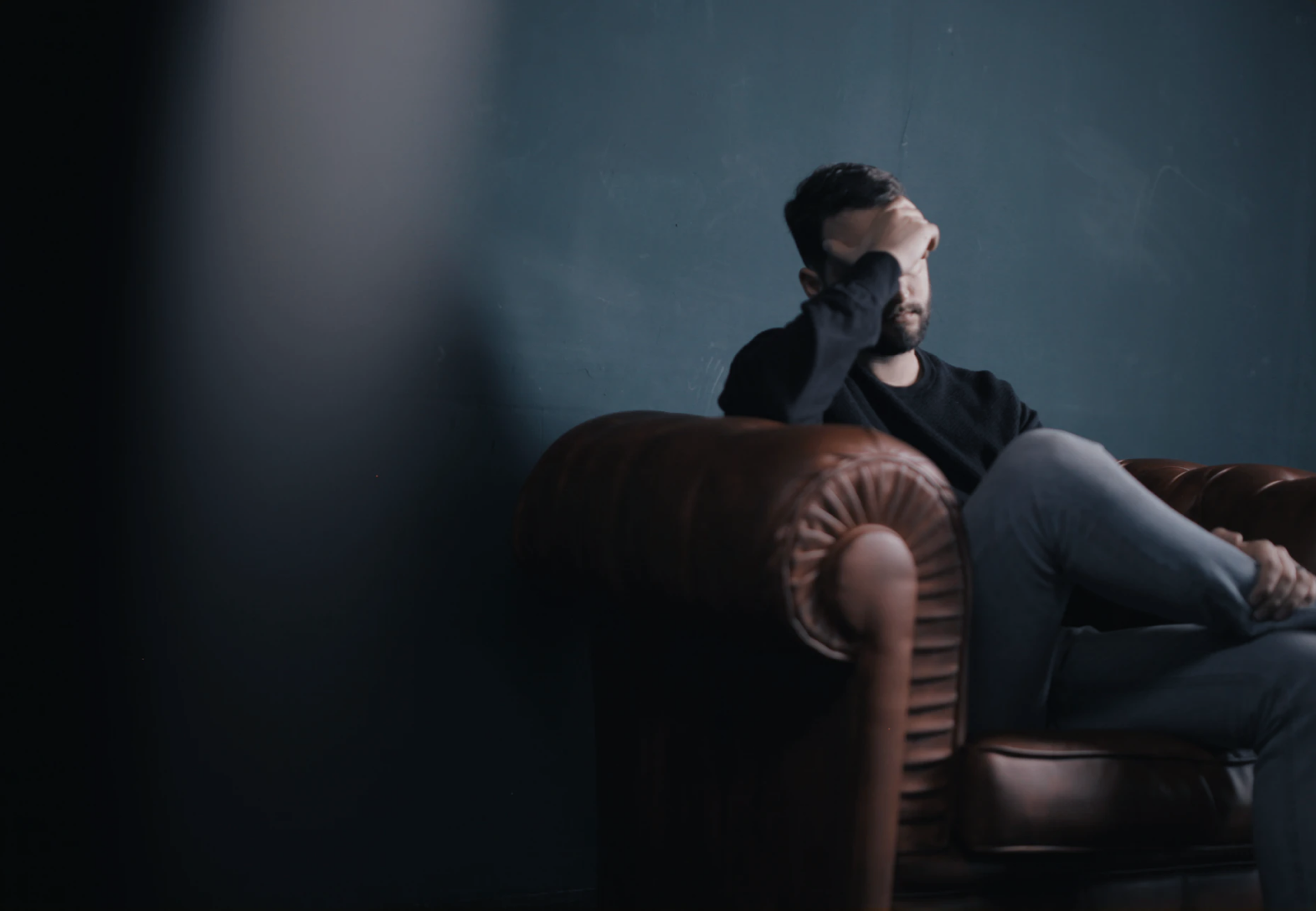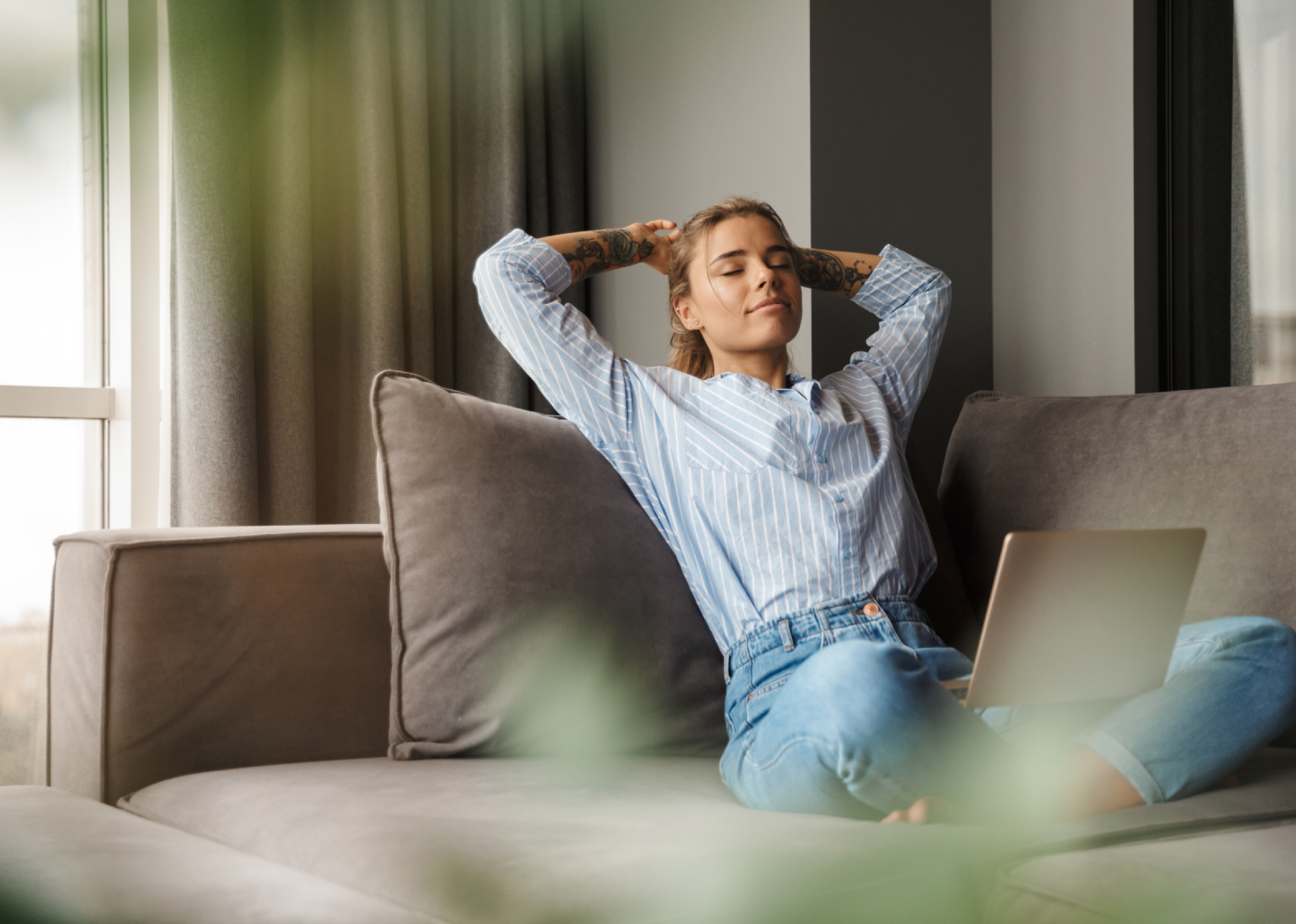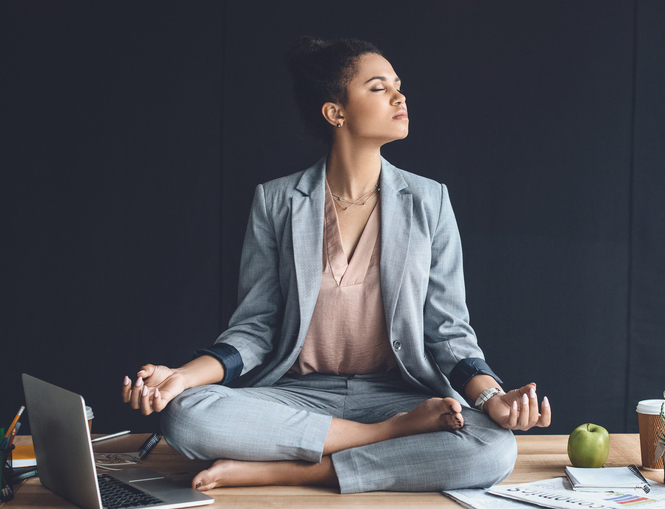In the Spring 2021, two dozen students at the University of Virginia participated in a lab to study their creative processes. The students were performers across the arts, including dance, music and poetry. In the lab, students were asked to reflect on how they currently got “in the zone” to create their art and then to test new actions with intention. One of these new required actions was a meditation practice at the start of their process.
We spoke with Professor Devin Donovan, who worked with half the group studying public speaking. He tells us about the student journeys from initial resistance to creative confidence — and even stronger friendships.
Insight Timer: Let’s start at the beginning of your creative process. How did you come up with the idea? What was your hypothesis?
Professor Donovan: The lab was the brainchild of Dr. Karolyn Kinane at University of Virginia’s Contemplative Sciences Center. Karolyn brought together three courses from across the College of Arts & Sciences to see how contemplative processes (reflection through journaling and mindfulness practices, for example) might inform the creative practices in various disciplines.
My goal in joining the collaboration was from the public speaking perspective. I wanted to discover how contemplative practices could help speakers acknowledge and inquire into the habits of mind that impact how well we speak in front of a crowd.
IT: What were students required to practice? And how often?
PD: For the lab, students had a weekly contemplative practice, which combined several exercises, most coming from Insight Timer. Then they completed a weekly reflective journal where they wrote about its impact.
Insight Timer helped introduce students to the variety of practices they could experiment with each week. Karolyn would make some recommendations but always gave students the chance to find something on their own or stick with what was working for them.
IT: That’s important because the creative process, just like mental health and wellness, is personal. What processes for getting in flow were students using before?
PD: Some had practiced yoga. Others were musicians. Some wrote poetry. But the sense I got was that the majority of the class was missing their usual practice because of the impact of the pandemic.
IT: So meditation was new to most everyone! Were students open-minded about the lab experiment?
PD: Initially it felt like a burden to some and they struggled to see its connection to their discipline. But I watched most students quickly come around as they saw how beneficial it was to check in with their minds and bodies for something as lived and felt as the experience of speaking in public.
The most popular meditations I watched students return to again and again was the Stress and Anxiety Buster by Megan Shirey and the 5-4-3-2-1 Grounding Exercise by Caitlin Bryte. A couple students actually led the class through the grounding exercise because they wanted to share the experience.
IT: What were the first shifts in behavior you witnessed? When did that happen?
PD: Intellectually, probably a few weeks in. Students got the concept of the connection with mind and body and what it could do for performing. Halfway through the semester, I noticed behavior change: students realized that our lab environment of non-judgment and curiosity was inspiring their creativity so much and adjusted their mindsets to match that. This was a rewarding moment for me as an educator because a changed mindset you can take with you out of college into the workplace.
IT: Were there any results that surprised you or the students in the class?
PD: The result that surprised me most was during our second performance, when we experimented with no applause from the audience. It was a way to see what it would feel like to put something out there and not feel like it was transactional, like the audience owed us some response. The idea is that applause or praise is the flipside of the judgment coin, so we tried to see what it was like without it. We sat in silence for ten or fifteen seconds after each performance instead. Some put hands on hearts in a sign of gratitude. I was amazed how many students preferred the silence and what it helped them see about their own reasons for sharing what they shared.
I think what surprised the students was how practicing mindfulness and meditation as a group bonded them in ways that no one was expecting when they signed up for the class. All twelve students formed meaningful friendships throughout the semester.
I think this comes down to the environment of openness and vulnerability that we created. One of the most powerful moments for me as an instructor came when a student shared with their peers just how much support they felt; how the encouragement they received throughout the semester allowed them to see that sharing their vulnerability is okay and powerful and liberating… It was just one of those amazing moments to witness as an educator. }







